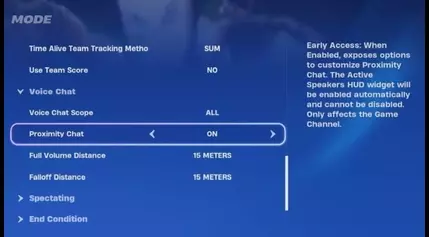Tesla updated its summon feature. Now this owner can’t get to his car.
Tesla's latest software update has caused a major headache for one Nova Scotia-based owner, leaving his vehicle stuck in its parking spot for the past two weeks. The update to the company's "Summon" feature, which allows remote control of the car, has rendered the function unusable for this particular driver, highlighting the challenges of relying on autonomous driving technologies that are still a work in progress.
Stranded by a Software Update
A Niche Parking Solution Gone Wrong
Jamie, a Tesla owner in Halifax, Nova Scotia, had been successfully using the Summon feature for the past four and a half years to maneuver his vehicle in and out of a unique parking spot. This spot was the only way his setup would work, and he often received comments from onlookers marveling at his ability to park there. However, that all changed with Tesla's recent firmware update to version 12.5.4.1.The update affected both the "Actually Smart Summon" and the older "Dumb Summon" features. Jamie had been relying on the latter system, which had previously worked flawlessly. Now, when he attempts to use the function, the car detects walls too close and aborts the move, even though the situation appears visually safe. The car cycles through various error messages, and Jamie estimates it only works one out of every 20 tries, compared to the previous 100% reliability.Seeking a Solution, Finding Roadblocks
Frustrated, Jamie reached out to Tesla's customer service three times, but they were unable to provide any meaningful assistance beyond suggesting a software reset. They also could not offer a way to roll back the firmware to a previous, functioning version.Determined to find a solution, Jamie brought the car to the local Tesla service center, where they were able to confirm the issue by stacking boxes beside the vehicle and demonstrating that it would not move. However, the service center also could not provide a rollback option or give a timeline for a potential fix.Stranded and Inconvenienced
With no immediate solution in sight, Jamie has been forced to park his car at home, plugged in, and mostly leave it there. This has meant resorting to walking for his transportation needs, which will become increasingly challenging as the Nova Scotian winter sets in. Street parking is also not a viable option, as Halifax routinely bans overnight parking to allow for snow clearance.While Jamie acknowledges that his situation is somewhat niche, he believes there must be other Tesla owners facing similar issues with the Summon feature update. He's concerned not just for his own predicament, but for the broader implications of software updates breaking critical functionality that owners have come to rely on.The Challenges of Autonomous Driving Features
This incident highlights the delicate balance that automakers must strike when it comes to rolling out new software updates, particularly for autonomous driving features. While Tesla has touted the Summon feature as a convenient way for owners to remotely move their vehicles, the reality is that such functions need to be consistently reliable, even in "niche" situations, in order to gain widespread acceptance.The difficulty of automated driving tasks is underscored by this case, where a seemingly minor update has rendered a feature unusable for one owner. For autonomous driving to truly succeed, the systems need to work flawlessly, even in edge cases, rather than just functioning most of the time. Unexpected software changes that break critical functionality can erode trust and create significant inconveniences for users who have come to depend on these features.As the industry continues to push the boundaries of autonomous driving, it's clear that automakers must prioritize robust testing and ensure that updates do not inadvertently disrupt the reliable operation of their vehicles. The Tesla owner in Nova Scotia is a cautionary tale, serving as a reminder that the path to fully autonomous driving is paved with challenges that must be overcome to deliver a seamless and trustworthy experience for all users.




















